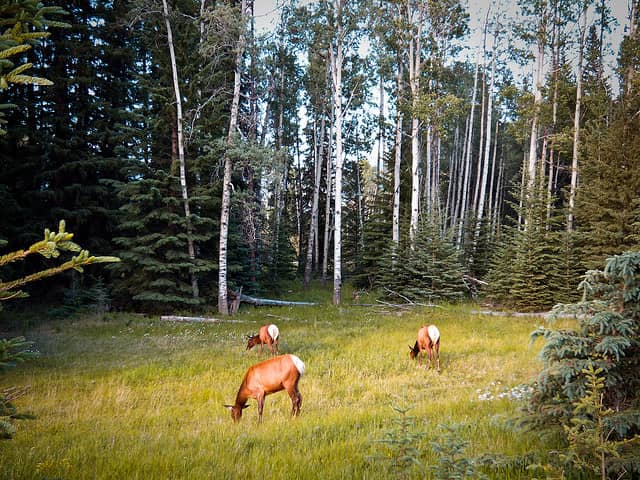Five Reasons to Shoot a Cow Elk
Rocky Mountain Elk Foundation 06.28.11

A lot of elk hunters hunt with the trophy in mind. The thought of that big bull elk, with a huge rack, mounted over the fire place, is the dream of hunters across the country. But before you spend your elk tag on a big bull, you might want to consider taking down a cow.
The Rocky Mountain Elk Foundation offers 5 reasons to consider taking the cow:
- Reducing a herd to fit the carrying capacity of its winter range is a form of habitat conservation. Culling a calf-producer is more effective population control. Wildlife agencies issue either-sex tags specifically to encourage hunter harvest of cows.
- Letting young bulls walk improves your odds for a big, mature bull next year.
- A more abundant bull population tends to be older which can improve efficiency of the rut. Result: more bulls surviving winter, higher pregnancy rates in cows, fewer late calves and better overall herd health.
- A less abundant cow population tends to be younger, more vigorous and resistant to diseases.
- As table-fare, cows and calves are generally better.
Hunting remains the primary wildlife management tool today, vital for balancing elk populations within biological and cultural tolerances, says David Allen, Elk Foundation president and CEO.
“Habitat conservation, sound management, good hunting, healthy wildlife—they’re all tied together. And, more and more, adequate harvest of cow elk is becoming a factor. If you have an either-sex elk tag this fall, consider letting young bulls go and filling your freezer with a fat cow,” he said.
Ultimately, it is up to you whether you pull the trigger on a bull or a cow, but hopefully this will give you something to think about next time you are out stalking elk.

